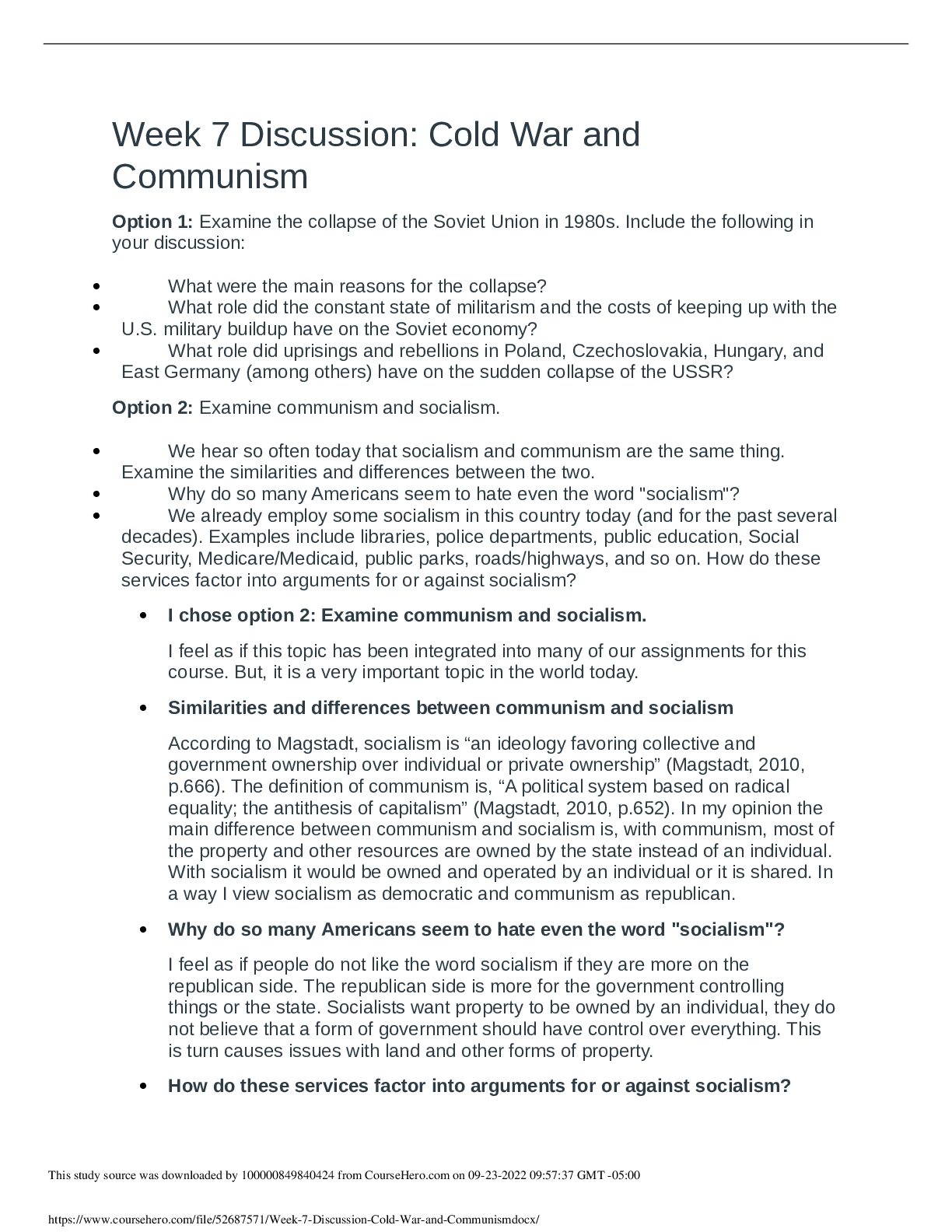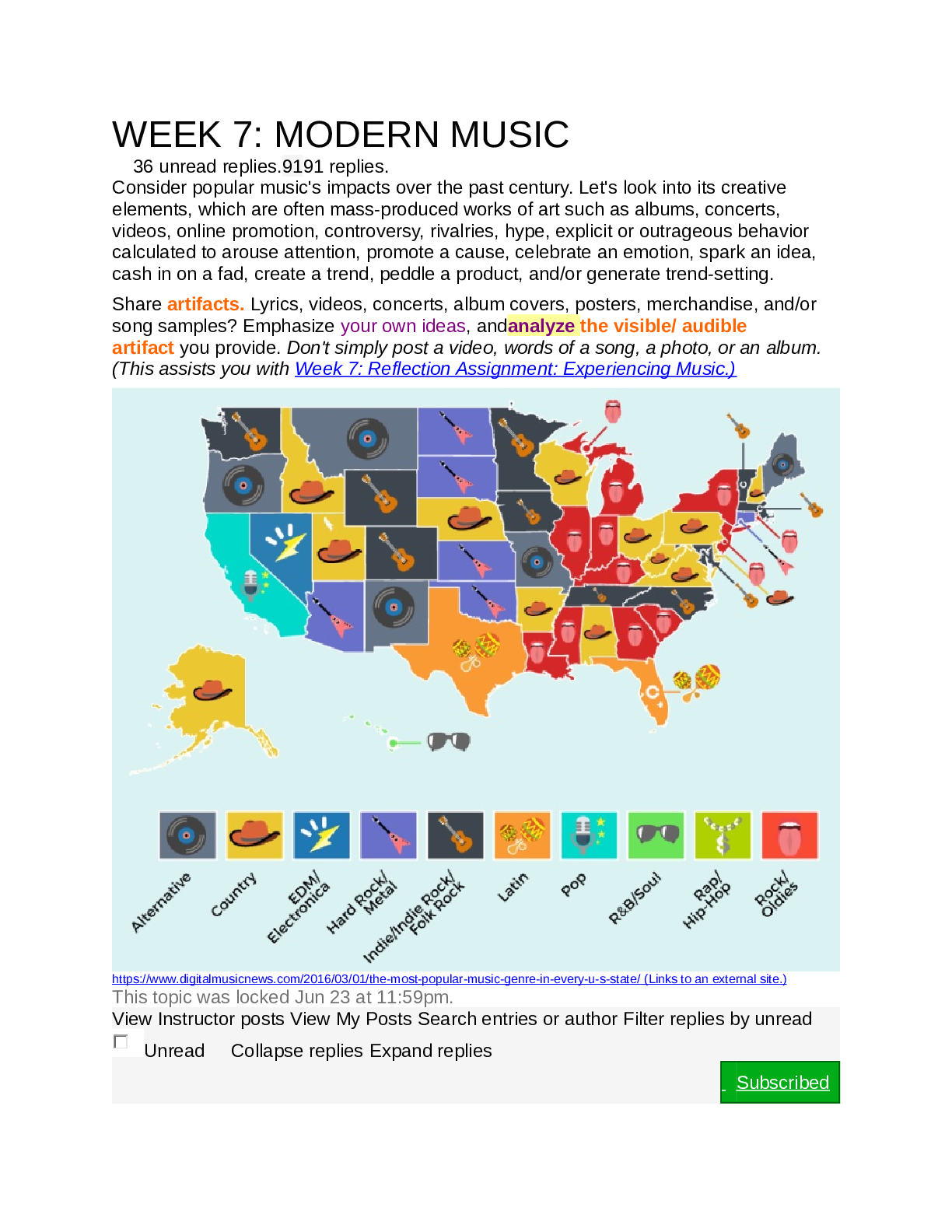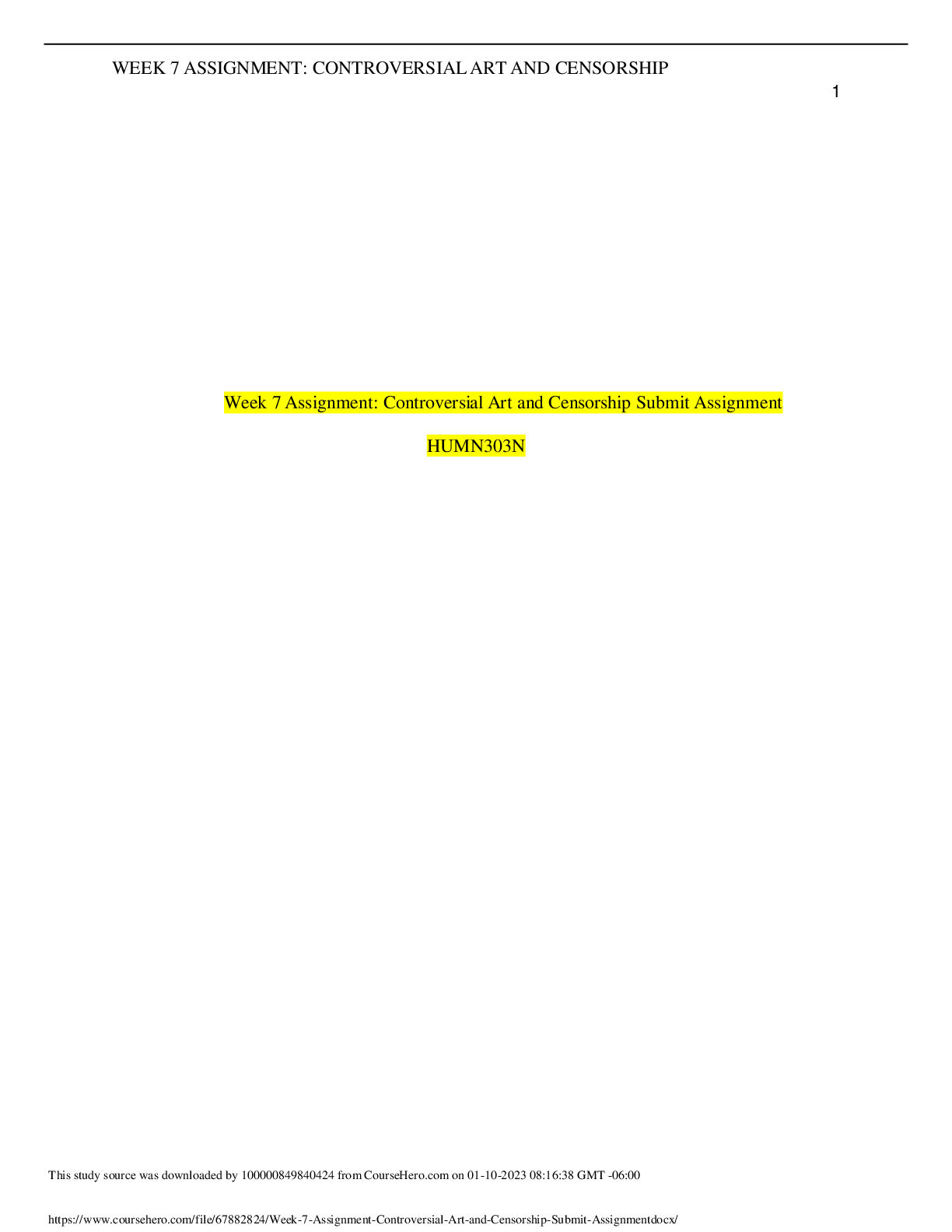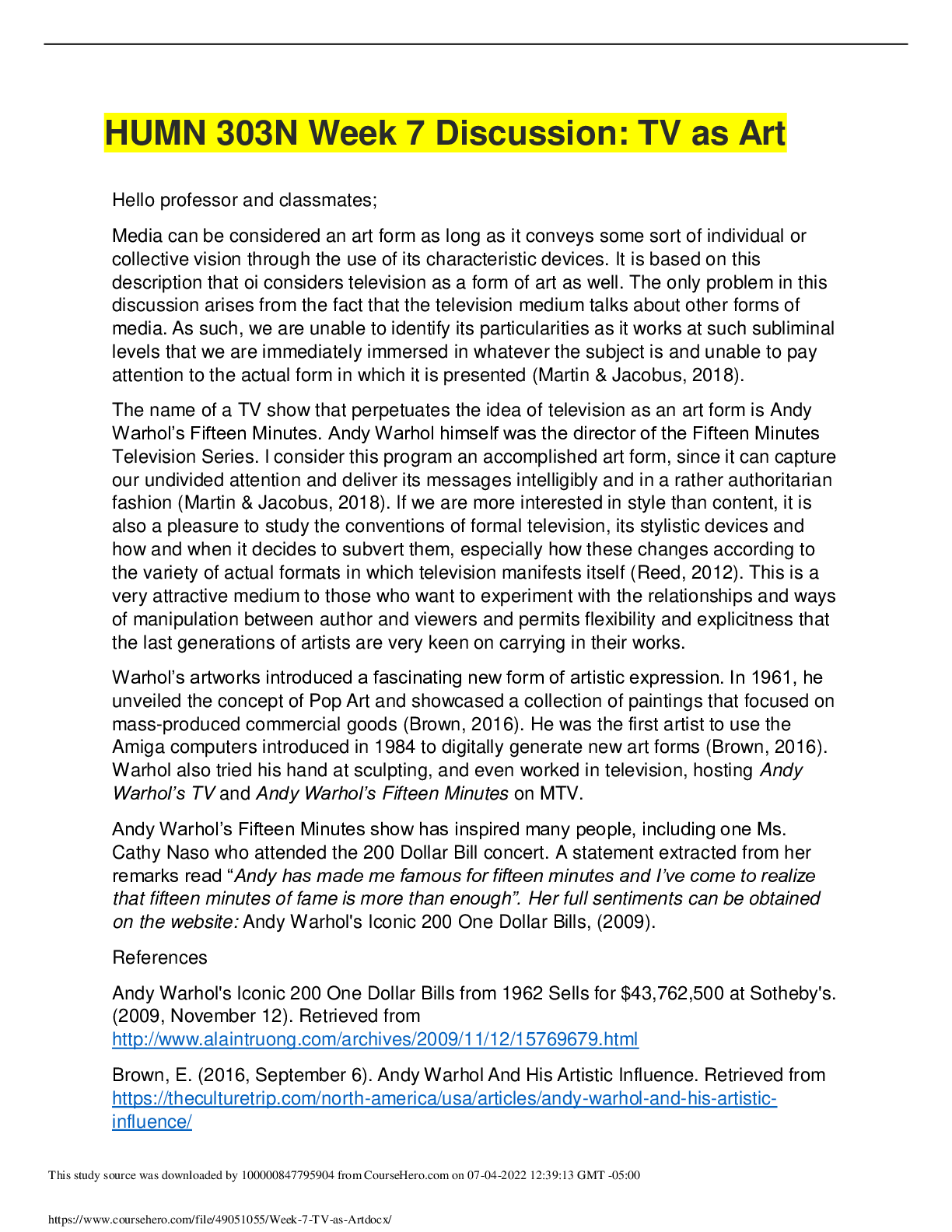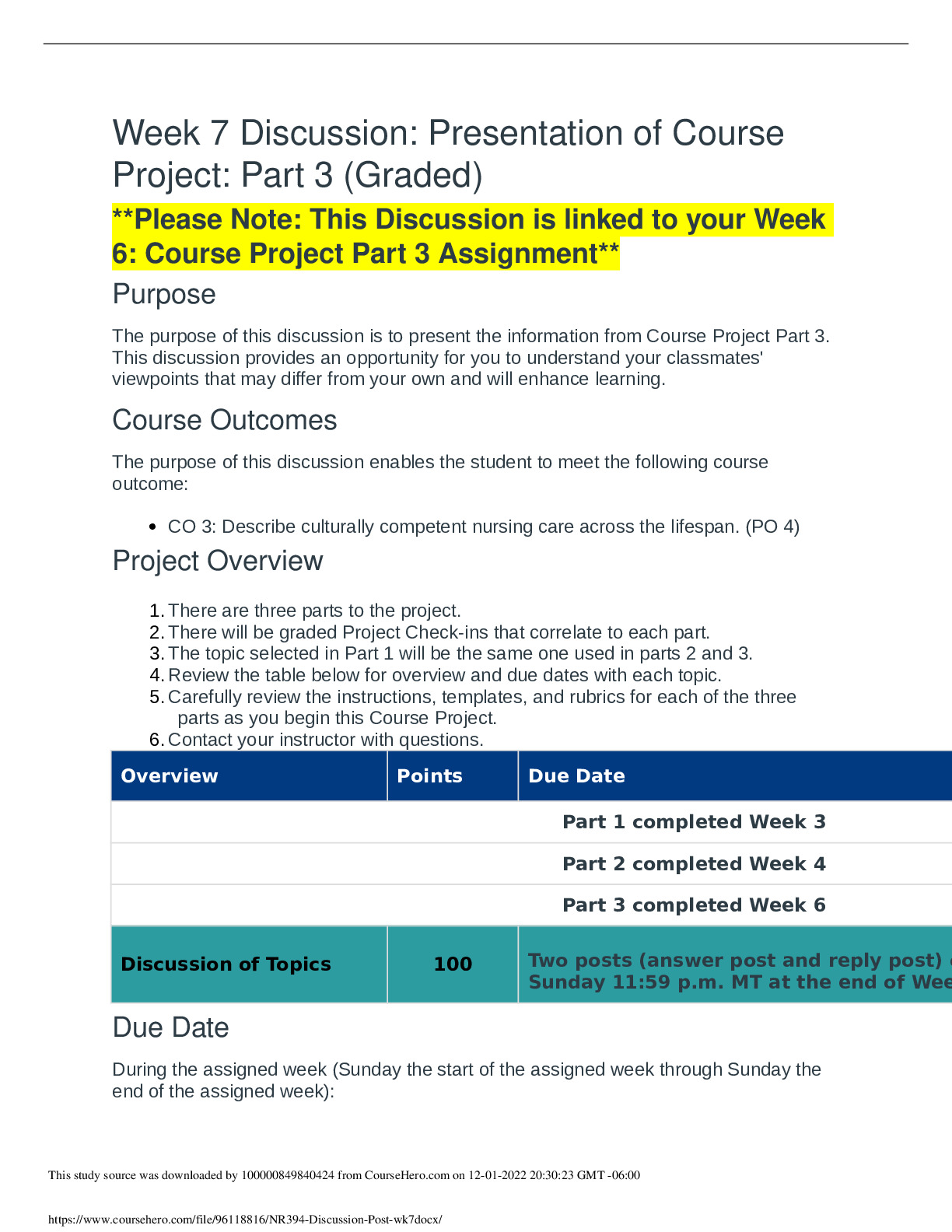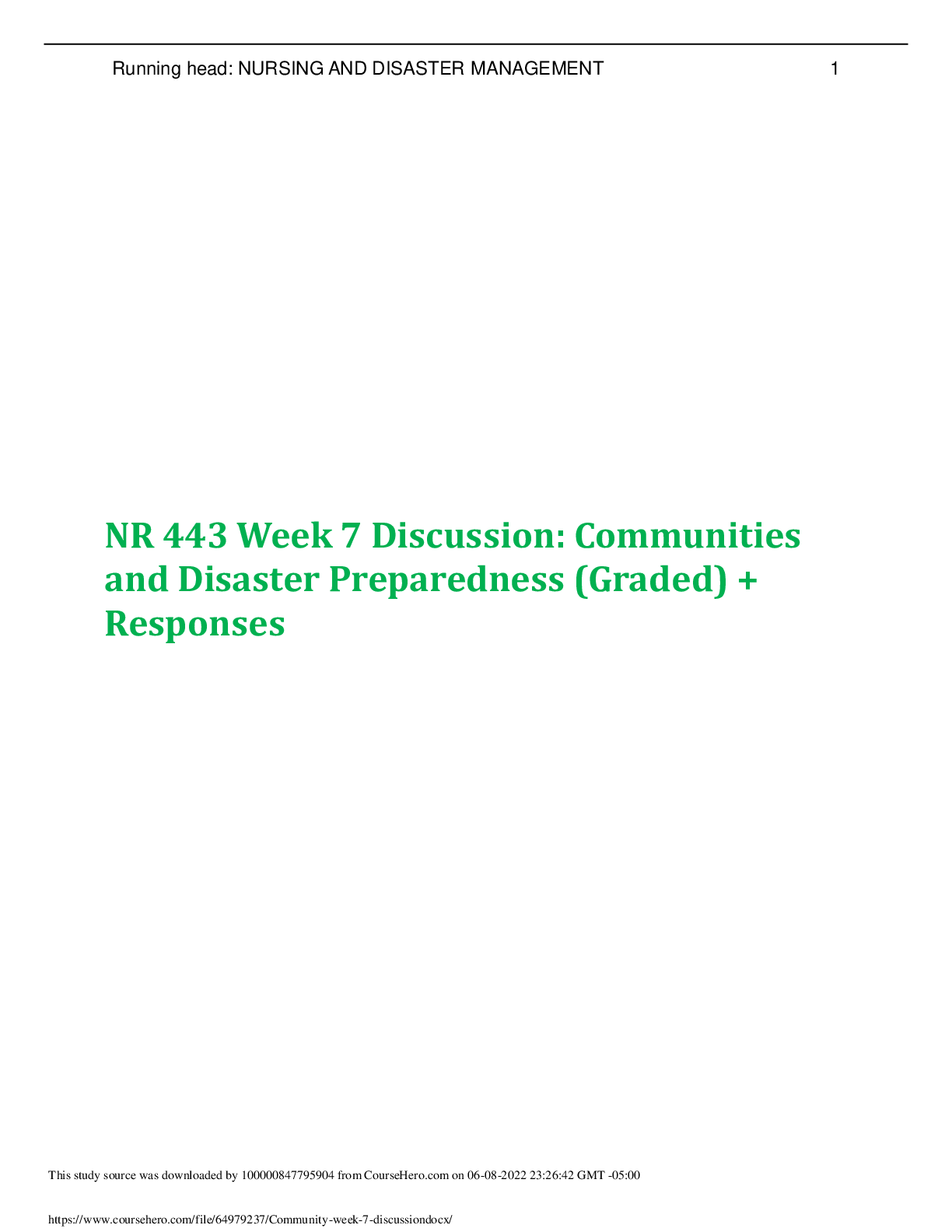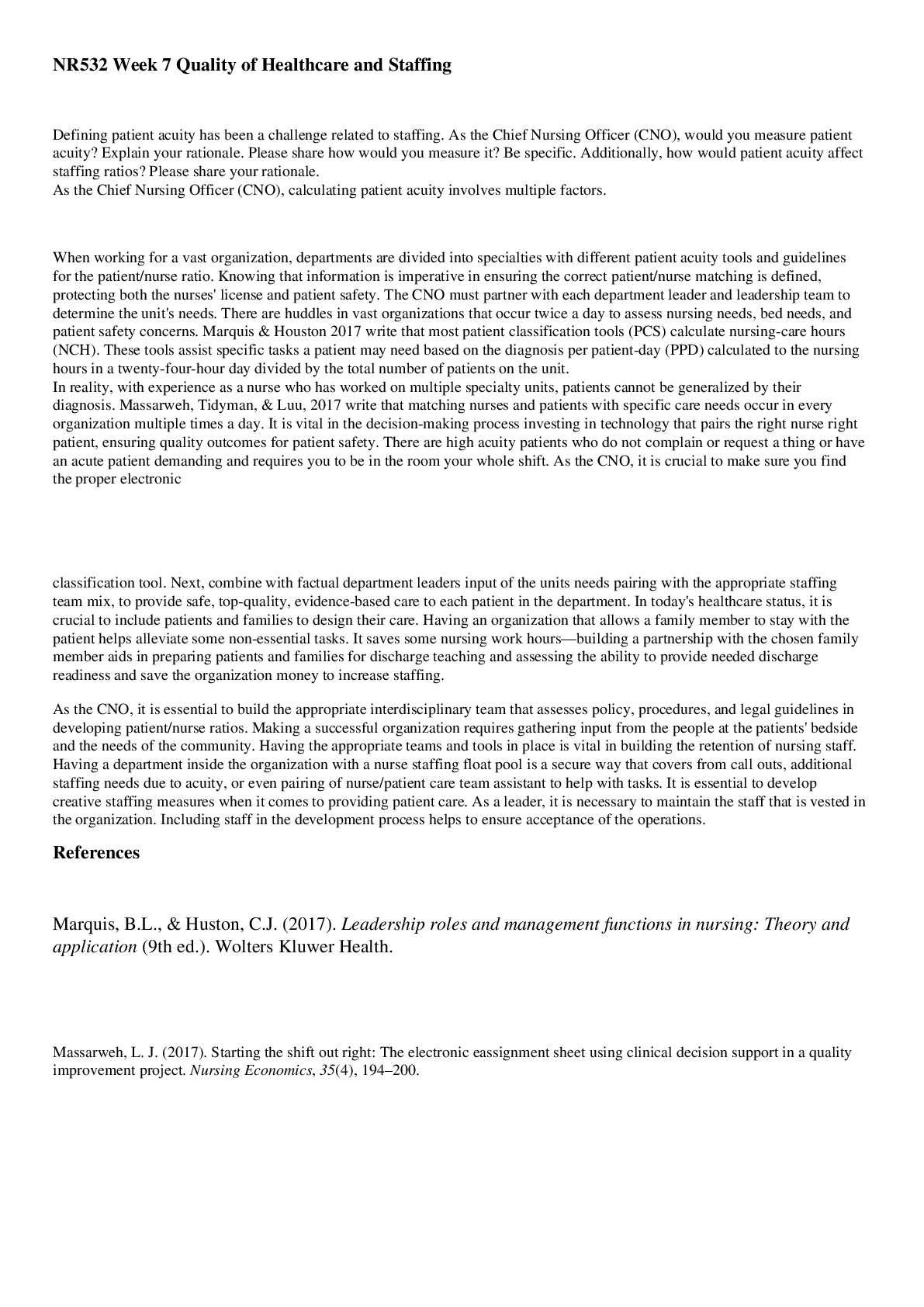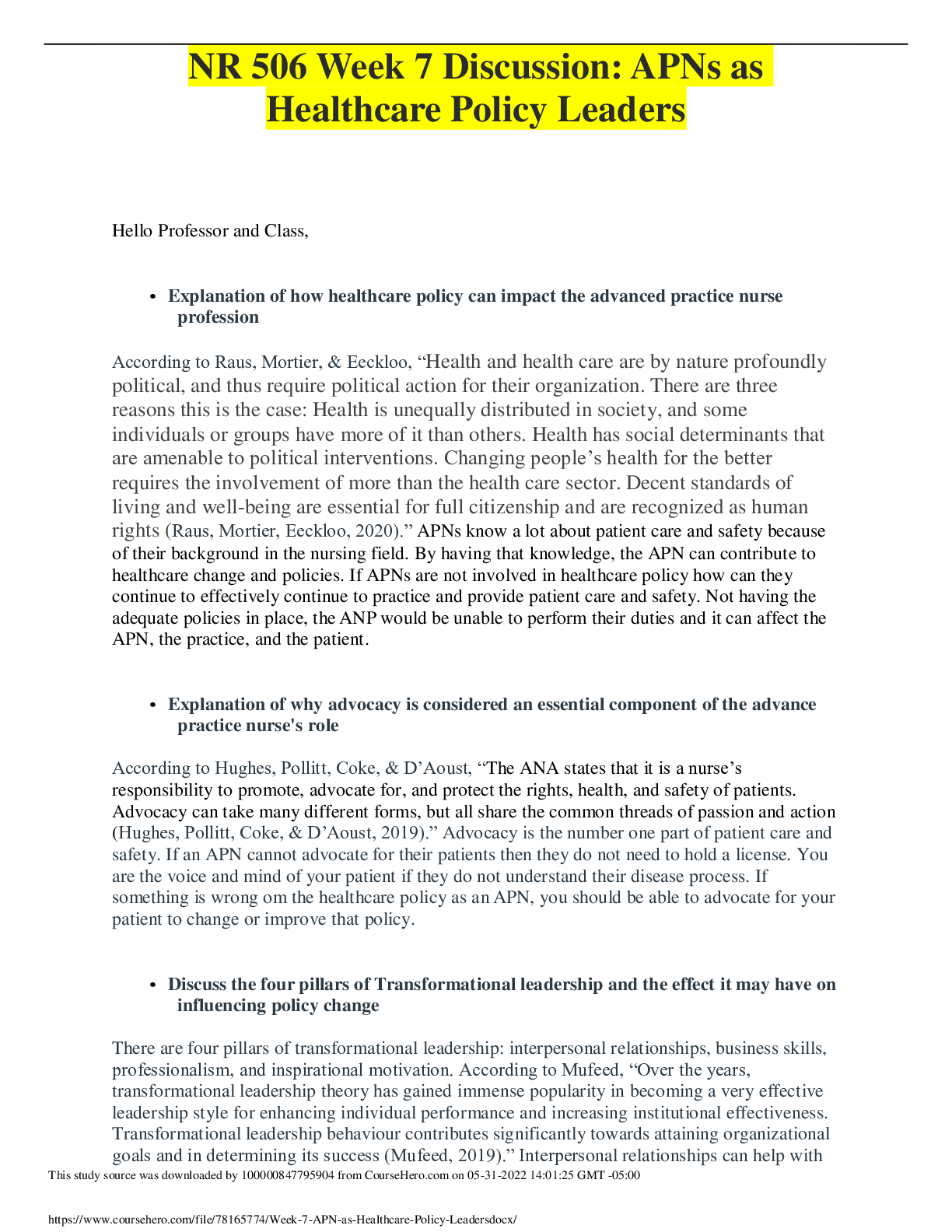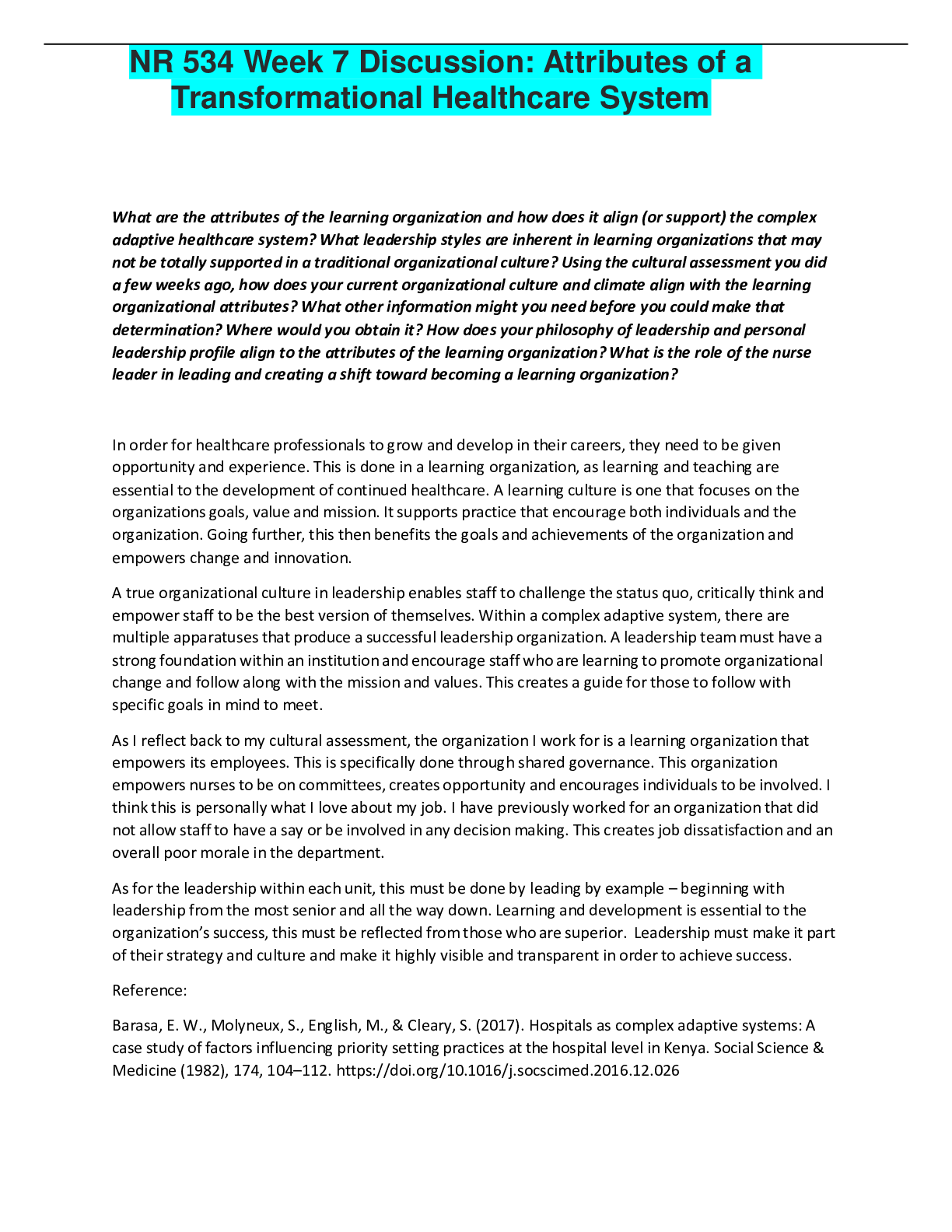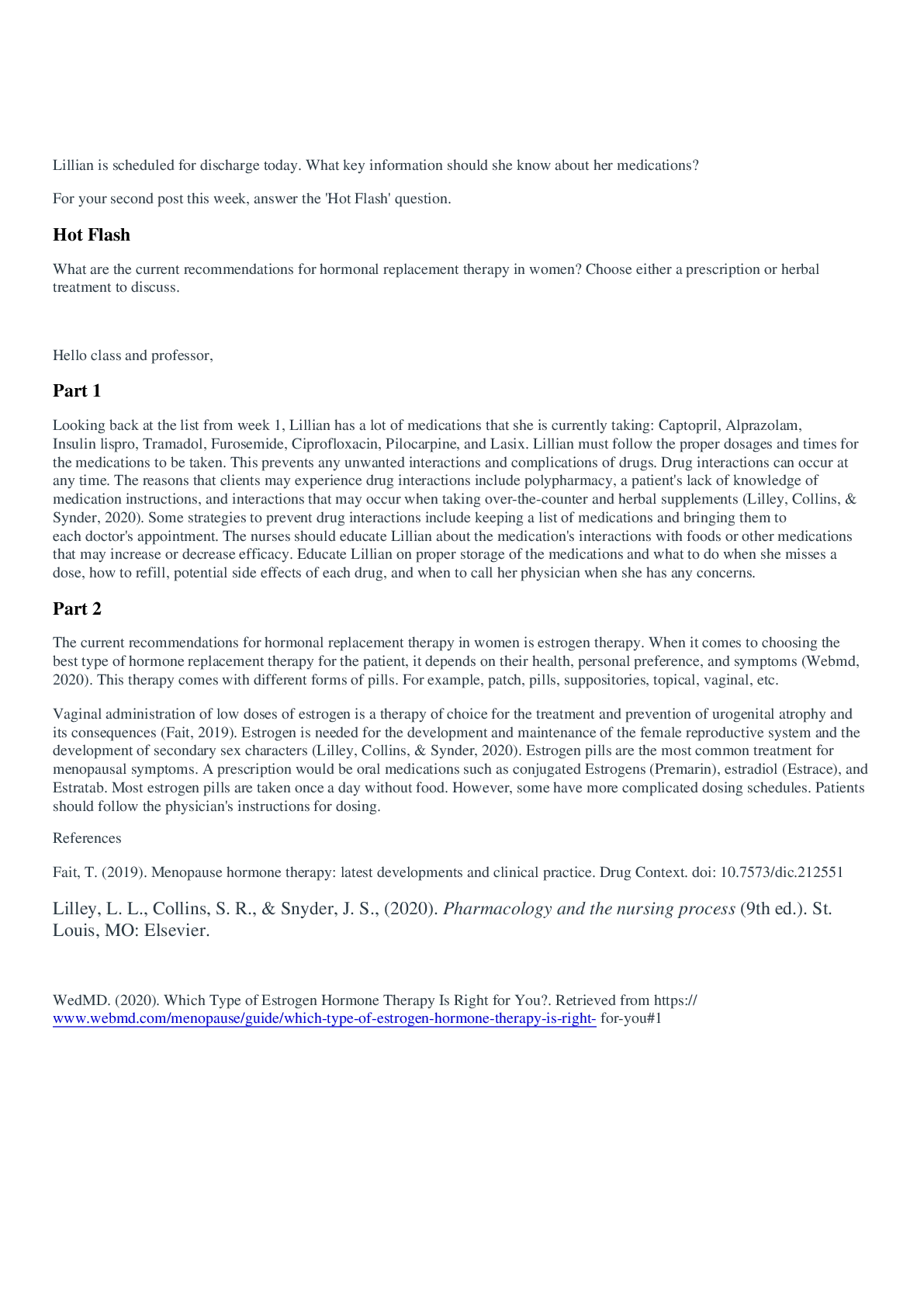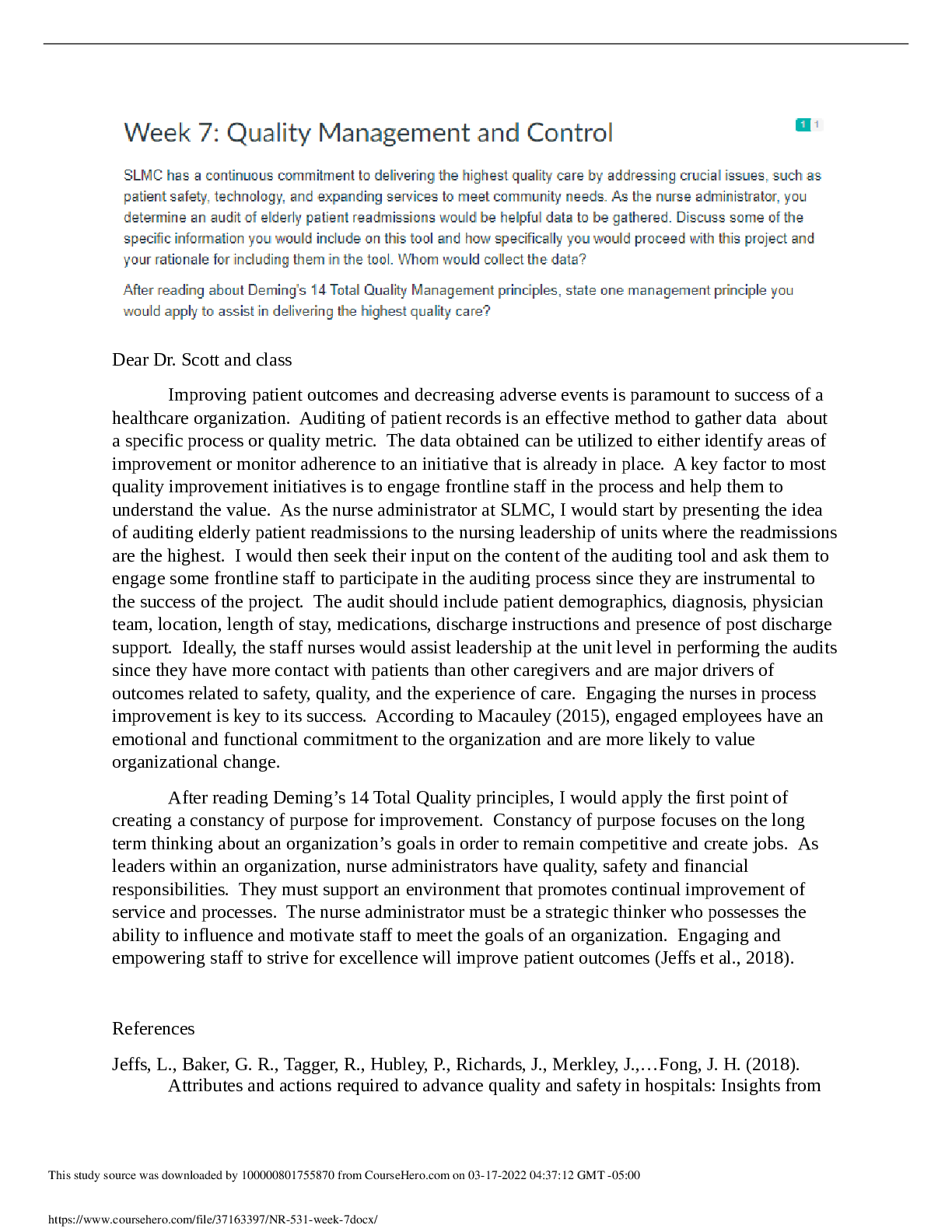*NURSING > DISCUSSION POST > NR 503 Week 7 Discussion: Global and Environmental Health – Influenza Virus (All)
NR 503 Week 7 Discussion: Global and Environmental Health – Influenza Virus
Document Content and Description Below
There were over 228 million cases of malaria, and 405,000 deaths worldwide in 2018, (World Health Organization [WHO], 2020). Malaria is a mosquito-borne disease that is cause by a parasite that can ... cause people to experience flu-like symptoms, (Centers for Disease Control and Prevention [CDC], 2020). In April 2019, over 1,000 cases of Cholera and Measles were noted in Beira, Mozambique. Mozambique has been one of the countries with the highest malaria burden in the entire world, (Aide et al, 2019). Over 700,000 mosquito nets were shipped in an effort to avert a large malaria outbreak, (McNeil, 2019). The cyclone that happened in Beira caused massive flooding that killed most of the mosquitoes and their larvae, including the standing water where mosquitos’ eggs are laid, is all over the city. Many of the Beira residents have malaria parasites in their blood, which can be acquired by mosquitoes and then spread to others. The World Health Organization asked for $40 million to help cover operations in Mozambique for the next three months, even though other agencies have made their own financial requests, (McNeil, 2019). In the web of causation, the workplace and environment would be a component and where the prevalence of cholera and malaria is high along with poverty, the cost of treatment and prevention of those diseases is expensive. The high malaria cost on the Mozambican health system underscores the need to strengthen malaria prevention to reduce the high burden and improve productivity in the region, (Alonso, et al, 2019). Although the World Health Organization website states that 2.7 billion dollars in resources are available for malaria in 2018, there still are not enough resources to be helping the prevention of communicable diseases, primarily the most common ones of malaria and cholera. Another cause is genes because a lot of the people already have the malaria parasites in their blood already which facilitate transmission when they are bit by a mosquito. The microbes would tie into the mosquitos and how easily they can transmit the disease like wildfire from person to person, especially since so many people in that population have the parasite in their blood stream. The Agent component of the Epidemiological Triangle regard to Malaria are the Plasmodium species (parasite) and mosquitos as the vector. The environmental factors would be economic, public health. The host would be humans, with genetic and immunological aspects taken into account. It is essential that interprofessional collaboration is utilized when it comes to not only the treatment of Malaria but its eradication. The doctors need to collaborate with nurses and patients with them. Collaboration also needs to be done between the government agencies like WHO and CDC and those in power in government in those countries where malaria is prevalent. Scientists need to help encourage and improve information and studies about prevention and vaccines as its available. There needs to be more closely monitoring of the numbers and the outcomes of malaria, even though there are methods put in place to do this, advancements must be made, and are slowly being made. There are steps being taken on an international level in order to help fight the malaria epidemic. An initial partnership, supported by the Bill and Melinda Gates Foundation and the La Caixa Foundation, led to the creation of the Mozambican Alliance Towards the Elimination of Malaria (MALTEM) and the Malaria Technical and Advisory Committee (MTAC) to promote national ownership and partner coordination to work towards the goal of malaria elimination in local and cross-border initiatives, (Aide et al, 2019). Surveillance systems to generate epidemiological and entomological intelligence to inform the malaria control strategies were strengthened, and an impact and feasibility assessment of various interventions aimed to interrupt malaria transmission, (Aide et al, 2019). There is also work being done in the United States to help the collaboration for malaria eradication. The CDC currently collaborates closely with Ministries of Health and conducts specific research targeted to ensure that the population is prepared to confront the changes in malaria epidemiology that have resulted as a consequence of factors such as the recent increase of malaria interventions, climate change, and population movement, (CDC, 2020). [Show More]
Last updated: 1 year ago
Preview 1 out of 2 pages
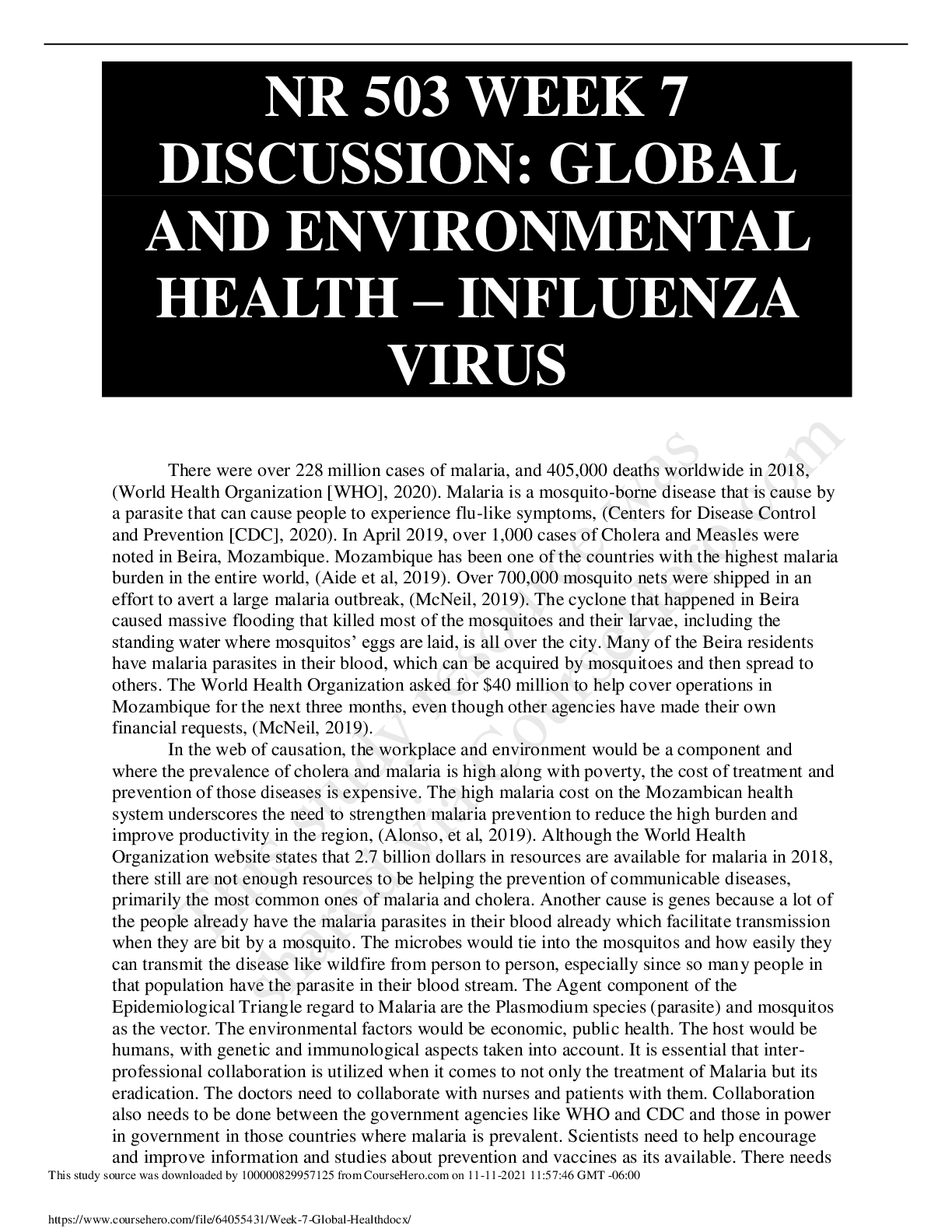
Reviews( 0 )
Document information
Connected school, study & course
About the document
Uploaded On
Jul 22, 2021
Number of pages
2
Written in
Additional information
This document has been written for:
Uploaded
Jul 22, 2021
Downloads
0
Views
45


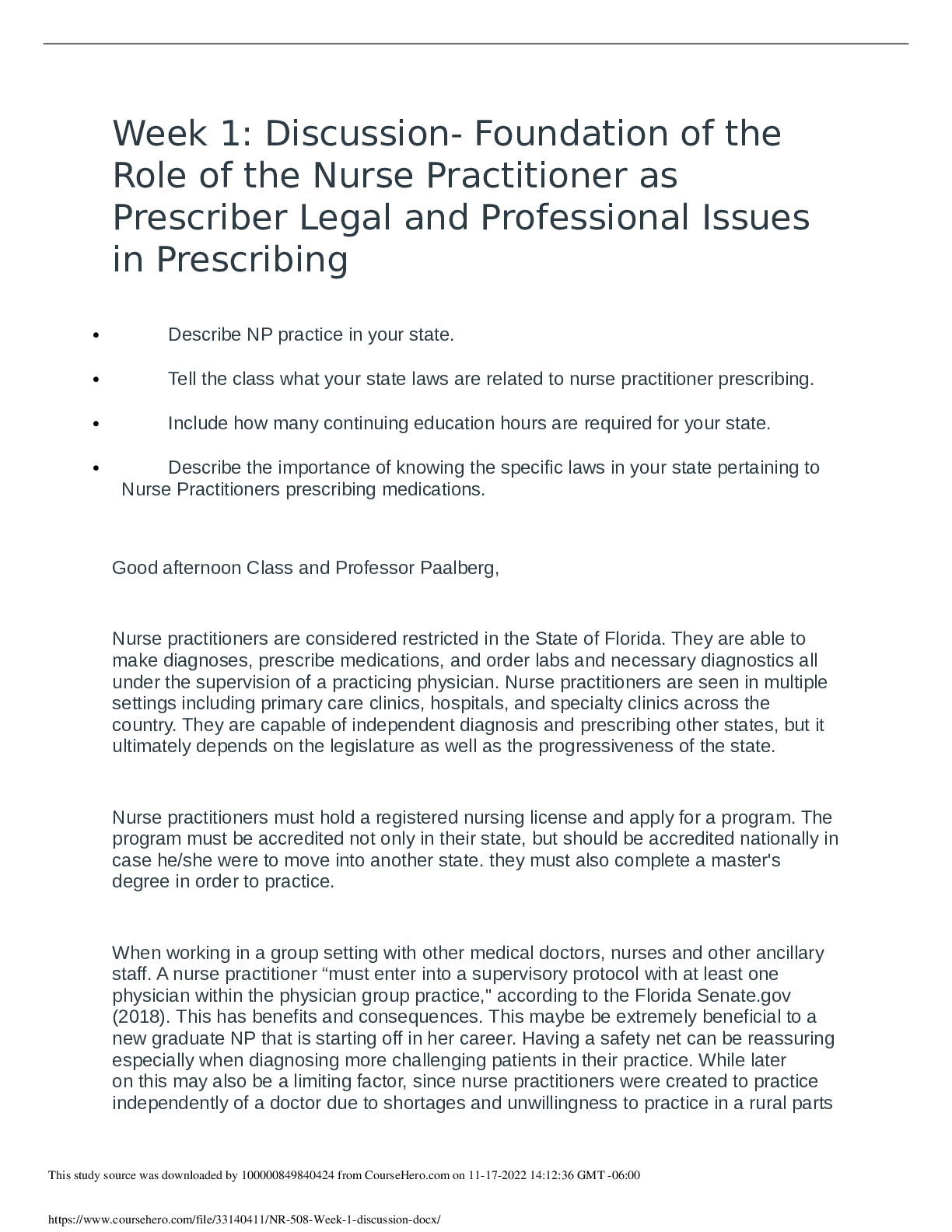
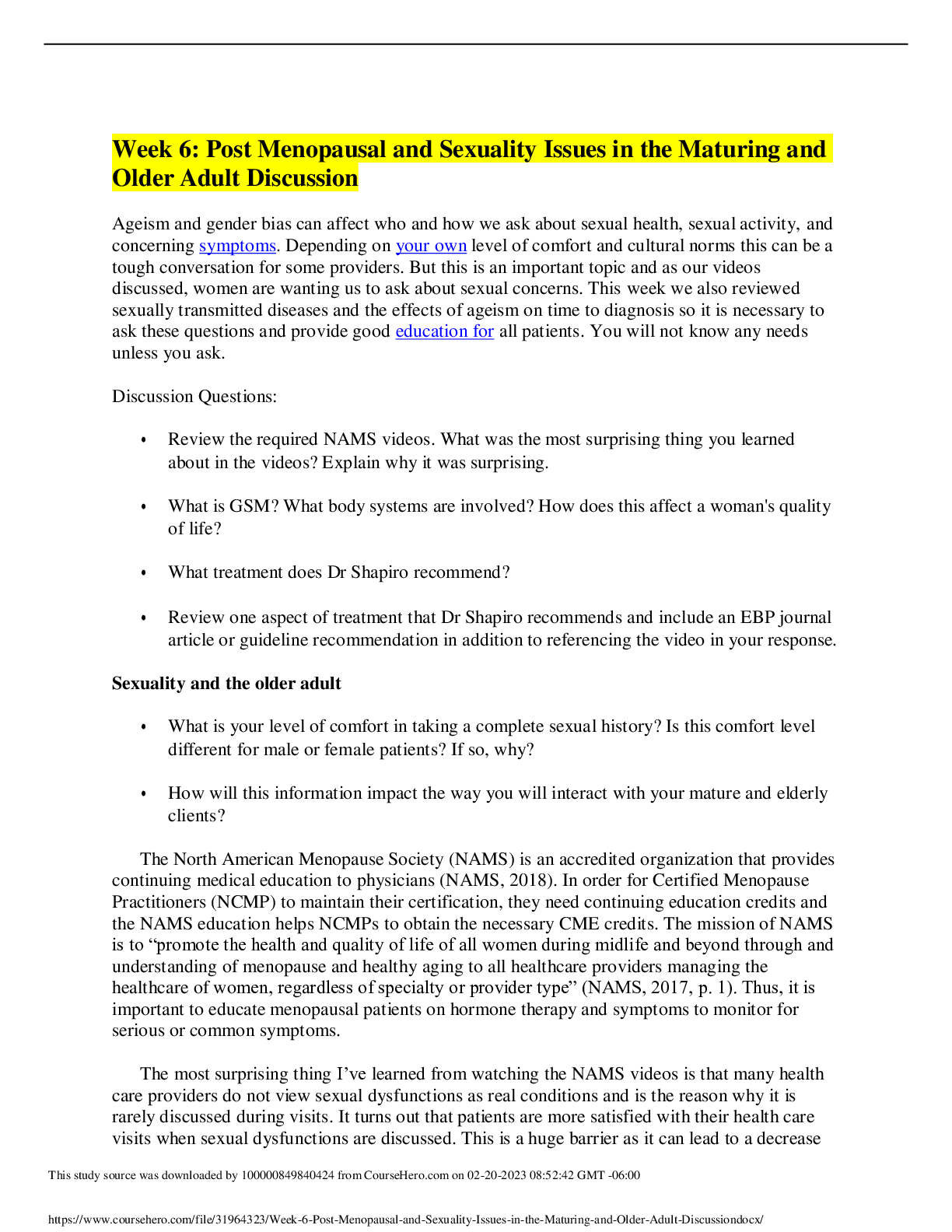

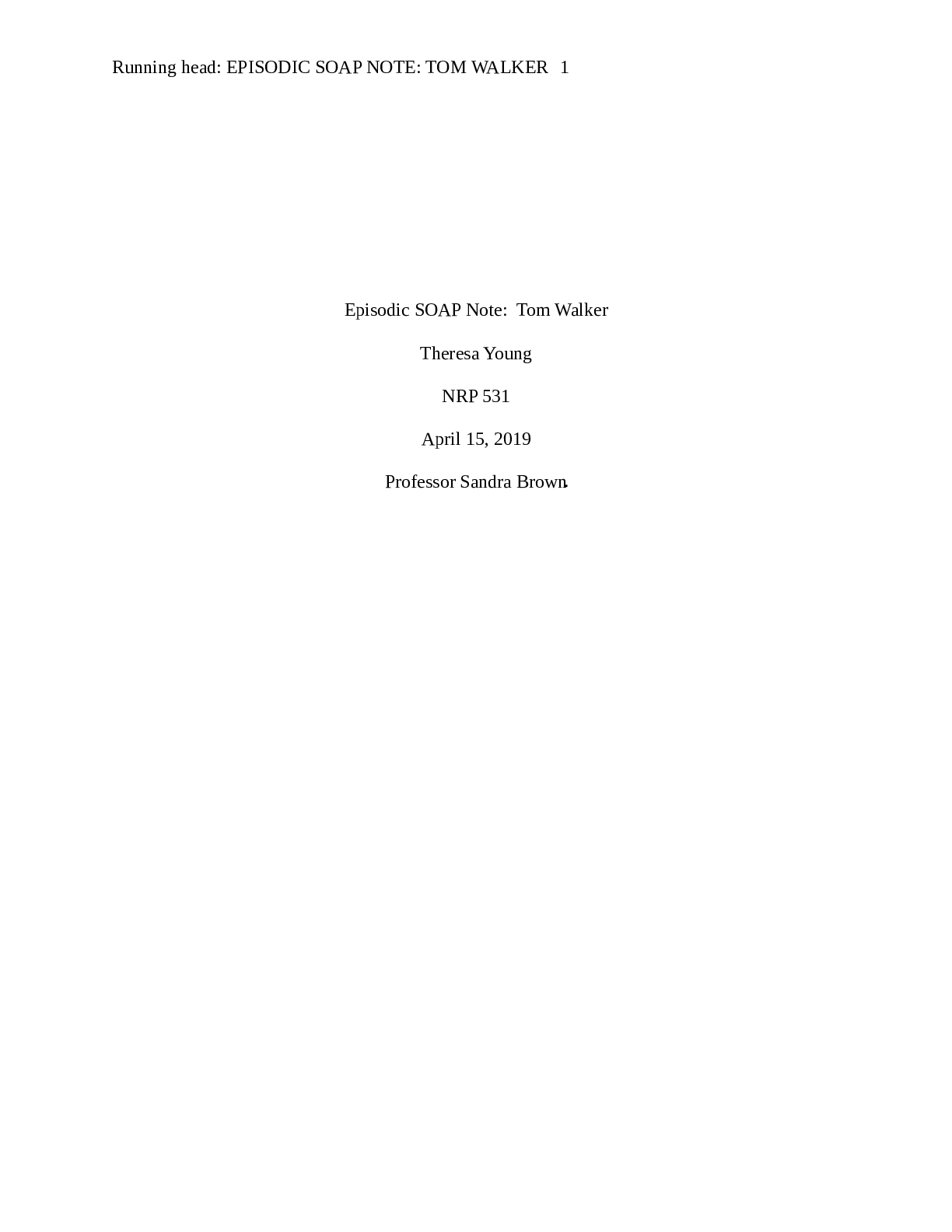
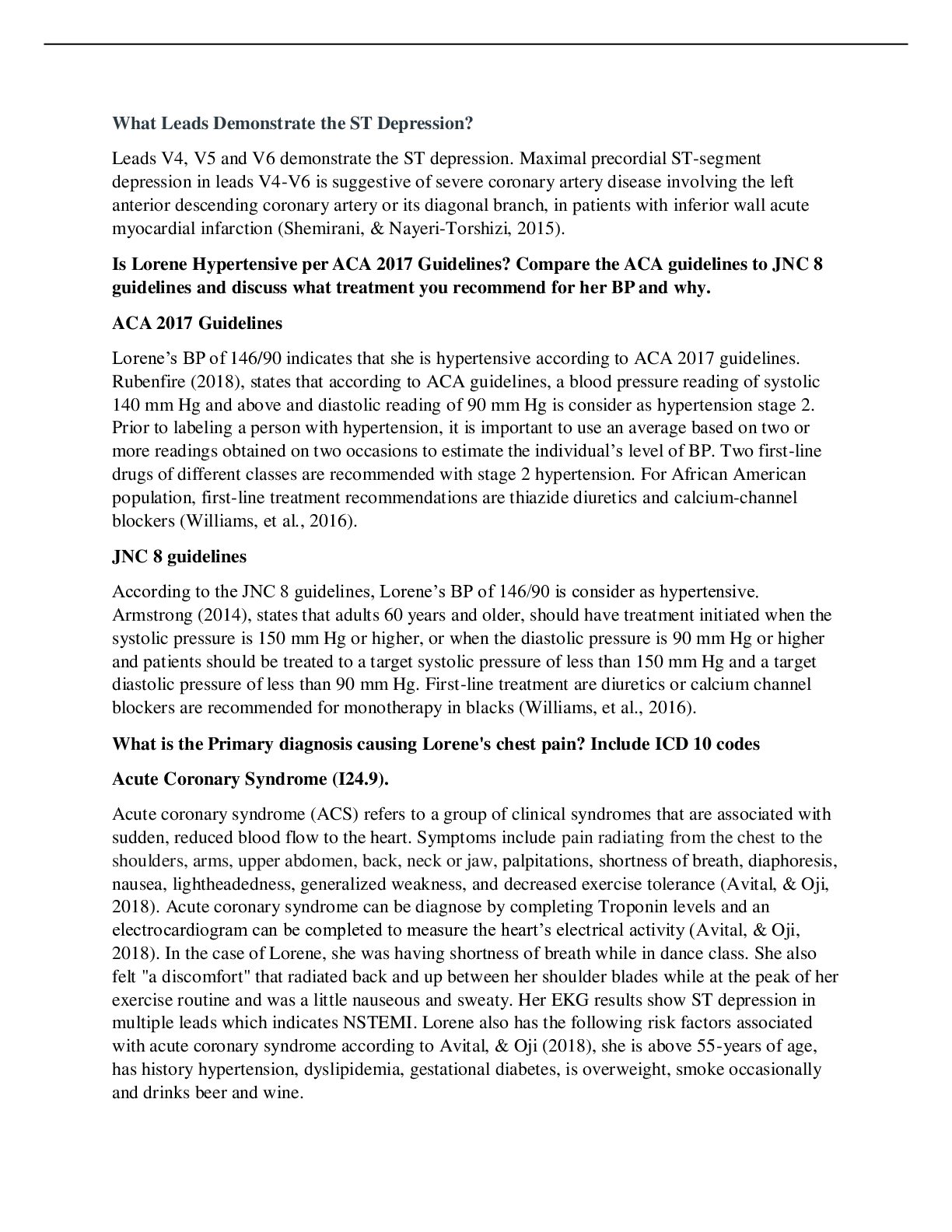



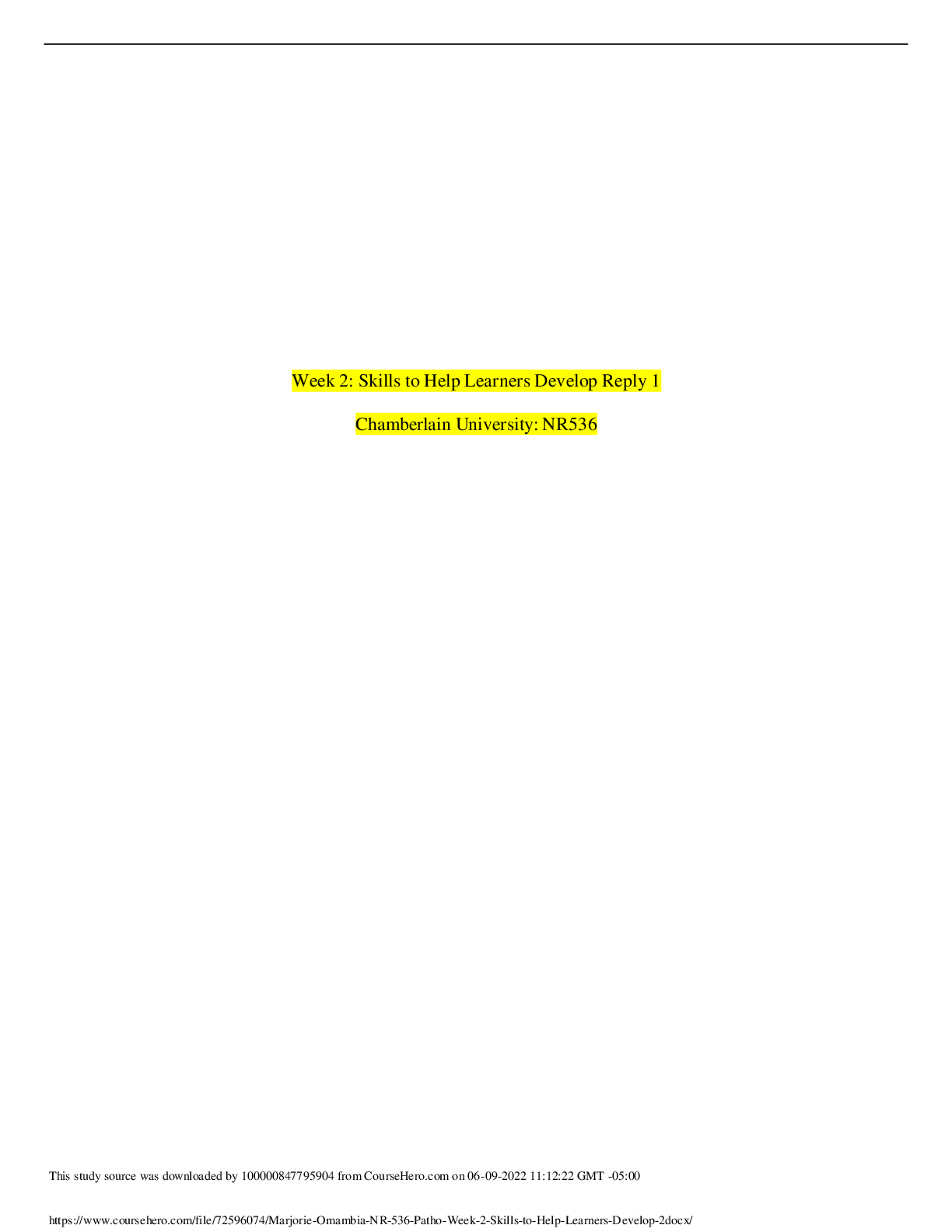
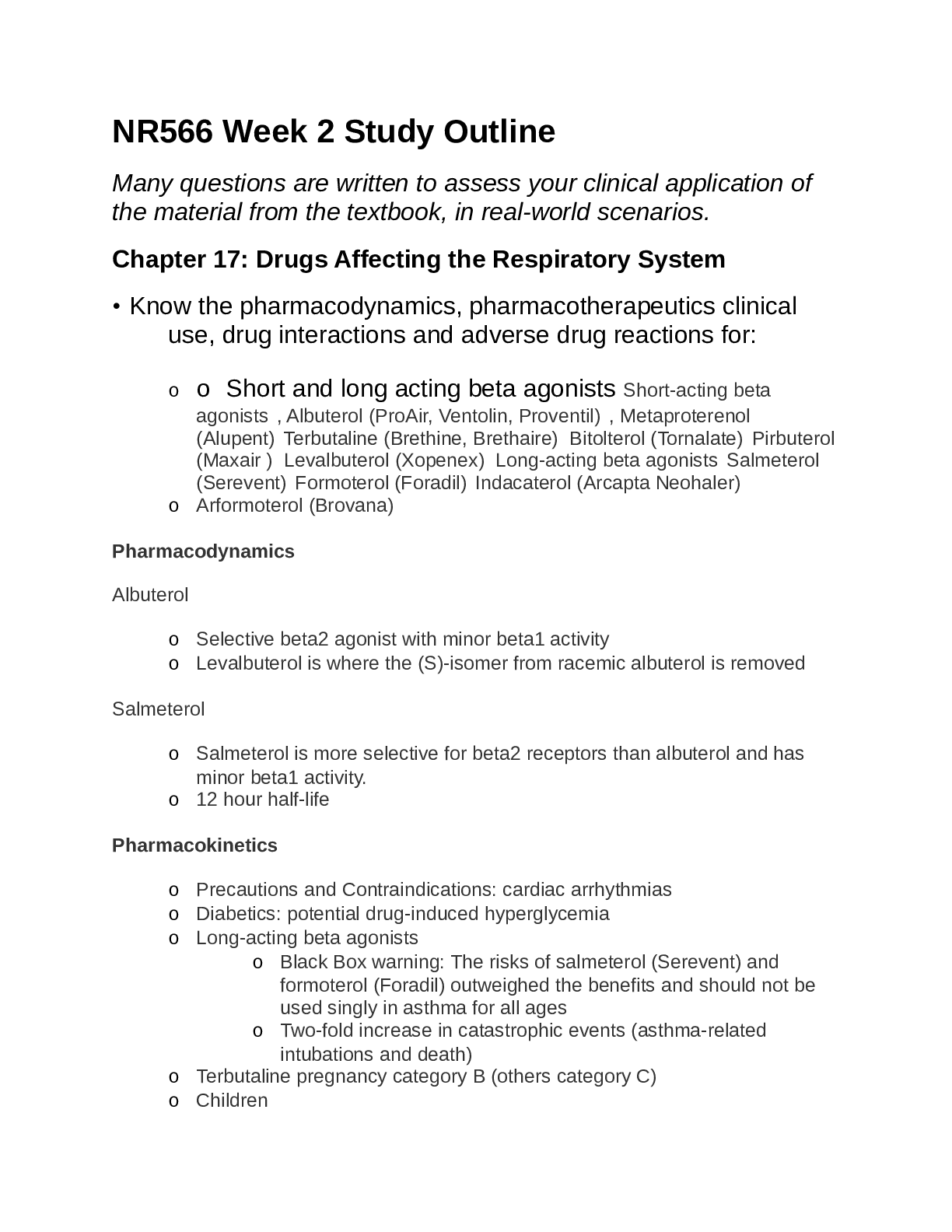

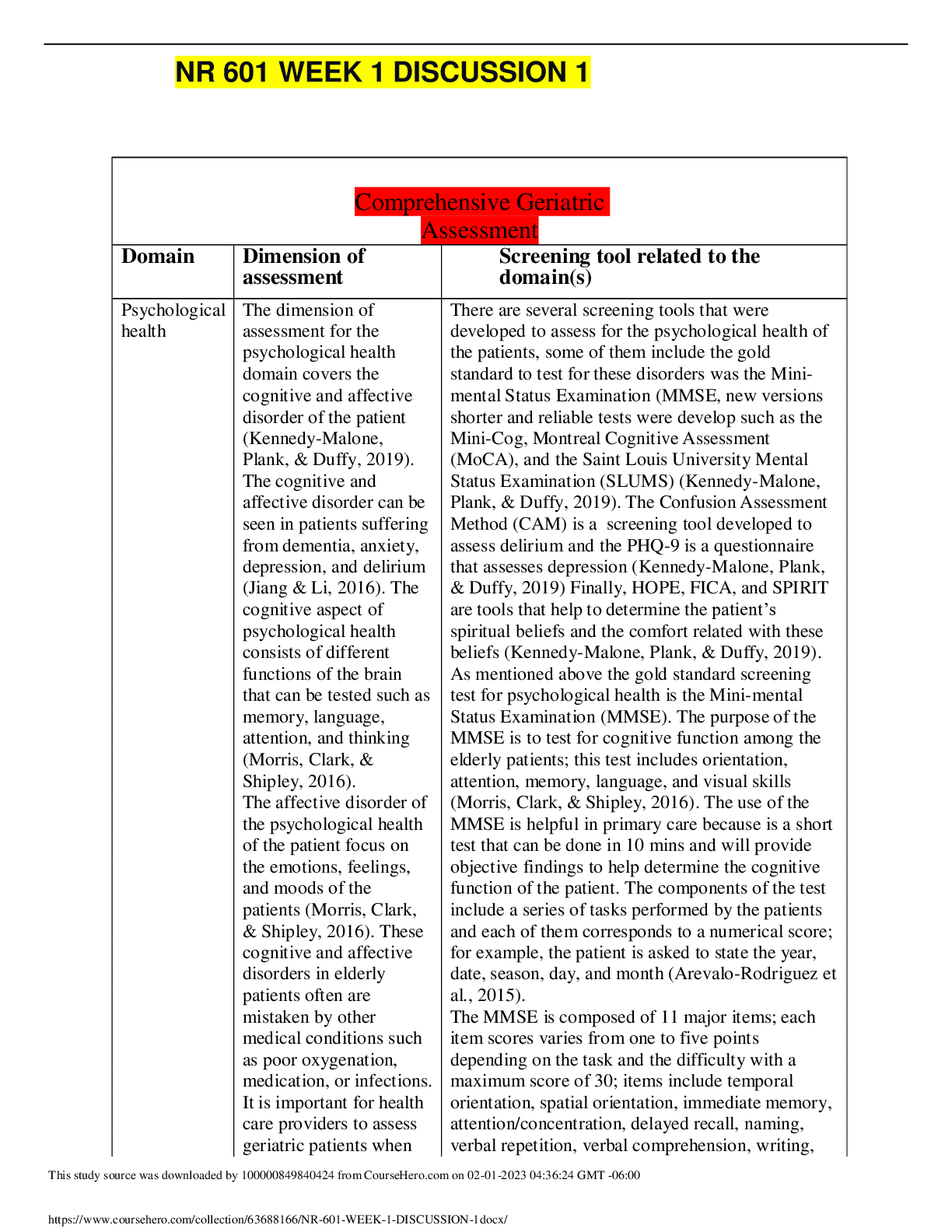
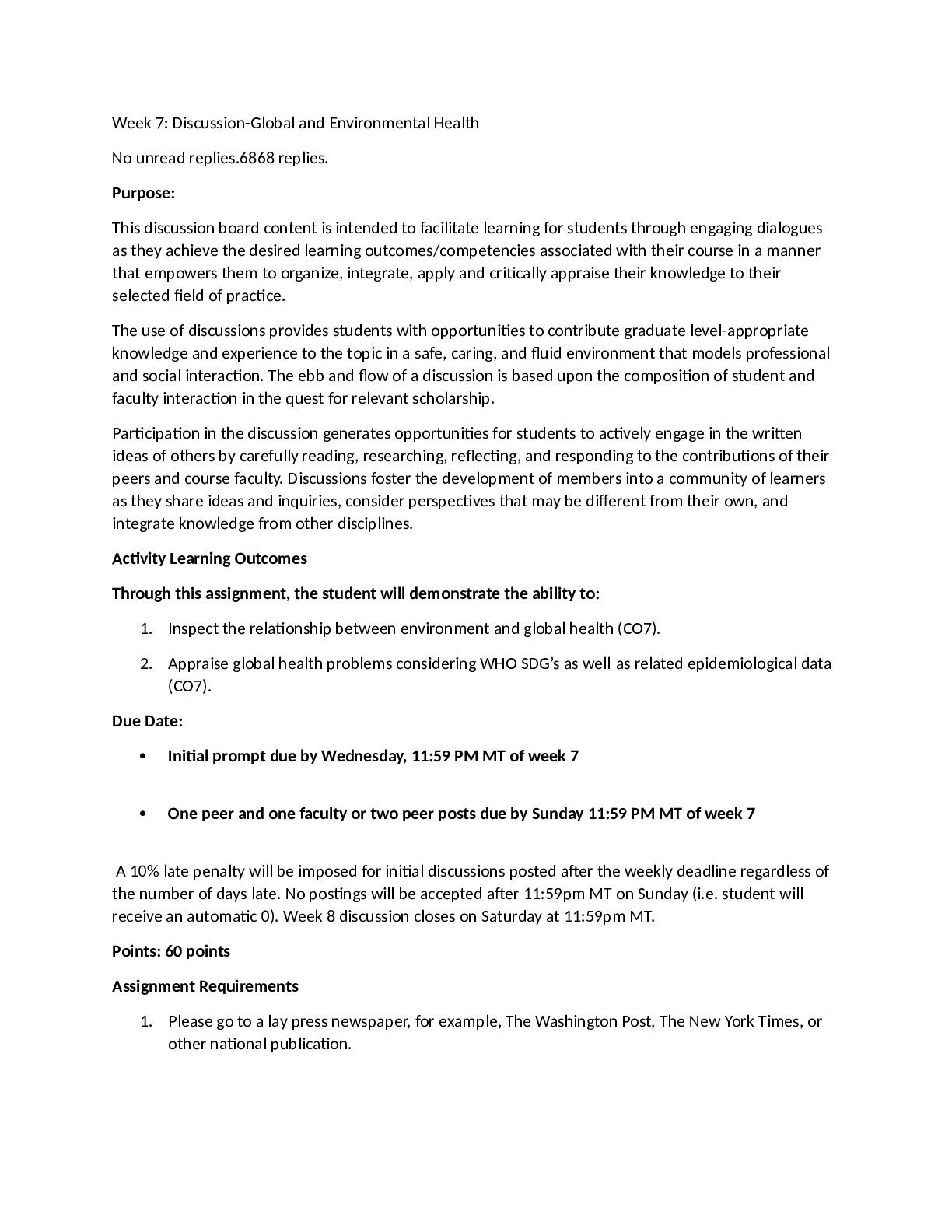

.png)
